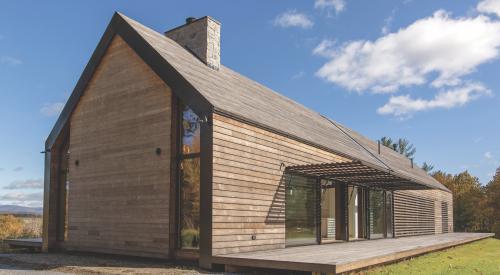New home buyers seem to be enamored of the beauty of hardwood for their cabinets, floors, woodwork and even walls and ceilings.
A number of nonnative species available today, however, have come on the scene, borrowing familiar American hardwood names such as cherry, oak and maple that are actually misleading marketing names.
"It's confusing," says Joe Boone Jr., CEO of Wood Floors Online. "You have to do your homework and ask whether a species is domestic or imported."
Why does it matter? Regis Miller, a botanist with the Forest Products Laboratory of the U.S. Forest Service, says the color, grain, hardness and luster of imported woods differ from the native hardwoods they might resemble.
In addition, the wood species perform differently, and contractors unaccustomed to working with imported wood might make installation mistakes, Miller says.
More information is available from the Hardwood Manufacturers Association at www.hardwoodinfo.com.
The Pseudo-Species |
||
Marketing name |
Is not |
Really is |
Chilean cherry |
cherry |
lenga |
Brazilian cherry |
cherry |
jatoba |
Brazilian maple |
maple |
pau marfin |
Patagonian maple |
maple |
pau marfin |
Tasmanian oak |
oak |
eucalyptus |
Rose River gum |
gum |
eucalyptus |
Malaysian oak |
oak |
rubberwood |
Australian Heritage oak |
oak |
eucalyptus |
Australian cypress |
cypress |
pine |
Source: Hardwood Information Center |
||








